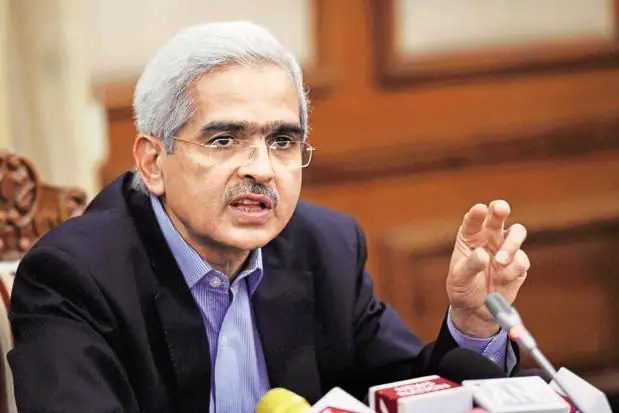RBI MPC Meeting: Reserve Bank of India has not changed the repo rate. RBI Governor Shaktikanta Das has announced the results of the monetary review meeting. RBI has kept the repo rate constant at 6.50 percent. RBI had last increased the repo rate by 0.25 percent from 6.25 percent to 6.50 percent in February 2023 last year.
New Delhi: Reserve Bank of India has once again decided to keep the repo rate stable. The meeting of the Monetary Policy Committee headed by Reserve Bank Governor Shaktikanta Das started on 6 February. Today i.e. on February 8, RBI Governor Shaktikanta Das has announced the results of the monetary review meeting. The central bank has once again kept the repo rate unchanged and has not made any changes in it. It has been decided to keep the repo rate at 6.5 percent for the sixth consecutive time. After the decision of RBI, once again the interest rate remains at 6.5 percent. People expected that this time the Reserve Bank would give the gift of cheap loans by cutting the repo rate, but it did not happen. You will have to wait longer for a cheap loan.
Governor Shaktikanta Das said in his address that only mixed signals are being received from the global economic scenario. Inflation also seems to be coming down. He said that it has been discussed in detail in this time’s meeting and the committee has decided that the repo rate should be kept constant at 6.5 percent. Five out of six members have given decision in this favor.
Rates have been stable for a year
RBI has kept the repo rate constant at 6.50 percent for almost a year. RBI had last increased the repo rate by 0.25 percent from 6.25 percent to 6.50 percent in February 2023 last year. At the same time, the retail inflation rate in December 2023 was at the level of 5.69 percent. In such a situation, this time also the possibility of change in repo rate was less. Real estate giants had also expressed hope that keeping in mind the developers and home buyers, RBI will keep the repo rate stable.
What is repo rate
Just as you take loans from banks for your needs, in the same way public and commercial banks also take loans from the Reserve Bank to meet their needs. Just as you pay interest on loan, banks also have to pay interest. That is, the interest rate at which the Reserve Bank of India gives loans to banks is called repo rate. Lower repo rate means banks will get cheaper loans. If banks get cheaper loans then they will also give cheaper loans to their customers. That means if the repo rate decreases then the common people get its direct benefit. If the repo rate increases then difficulties for the common man also increase.

